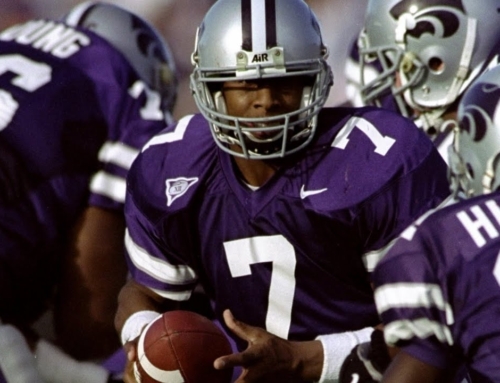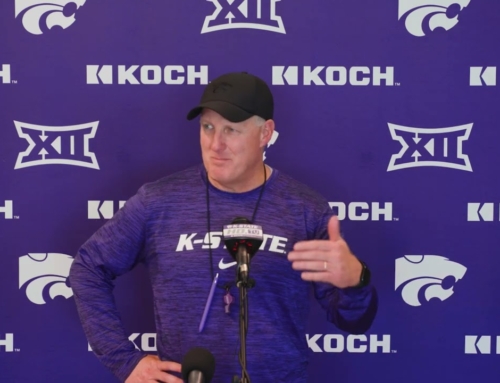If inflation at the grocery store makes you cringe, farmers trying to purchase fertilizer and herbicides can more than relate.
Greg McClure, Riley County K-State Ag Extension Agent, says anhydrous ammonia prices are what scares him a lot right now. He says prices last December were $424 a ton, but today, that isn’t the case.
“I looked it up again in September and it was about $680. Then I looked again last week and I saw $1100 and I talked to a farmer yesterday and he says, no you’re wrong. He says its $1465, that’s the local quote.”
McClure says the anhydrous ammonia is used as a nitrogen fertilizer for crops and tends to closely follows the price of natural gas because that’s part of the production.
He adds that its not just fertilizers either, but herbicide prices have also raised as the fear of not having enough to produce the crops has set in. He spoke about a recent purchase made by a friend of his.
“He purchased his glyphosate for next year and I believe he told me he paid $40 a gallon and had previously been paying $18 a gallon, but he locked it in because he wasn’t sure he was going to be able to get it.
As inflation continues, concerns over making a profit are on many farmers minds. McClure says it comes at a time that many farmers are turning to stock grazing as a way to save money as well. He says he is a big proponent of stock grazing to save money, but says you do have to be careful. One concern he has is with milo grazing and prussic acid poisoning.
“Small sorghum plants, and so that’d be regrowth from the bottom of milo. Small sorghum plants have high levels of prussic acid and when cattle chew on those plants they rupture those cells and it releases that prussic acid or hydrogen cyanide into their mouth and the result is rapid death.”
McClure says corn grazing doesn’t have those effects, but says grain overload can be a concern when having cattle graze on corn.
McClure says while you do have to be cautious with stock grazing, it is a great way to save money.
“Winter feed is what really kind of makes the difference in profitability on a cow herd. You’ve got to be able to feed him cheap over the winter in order to make any money.”
To learn more from the K-State Research and Extension Office, visit ksre.k-state.edu.
The post Agriculture seeing the impacts of inflation appeared first on News Radio KMAN.





